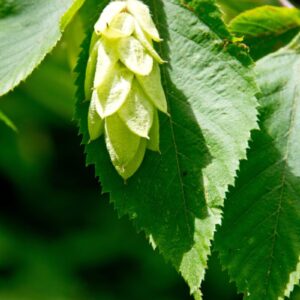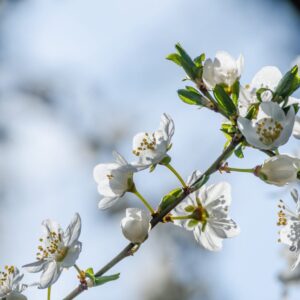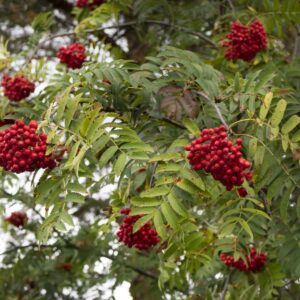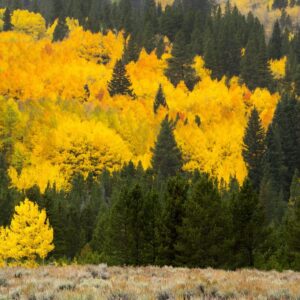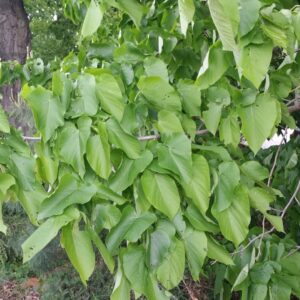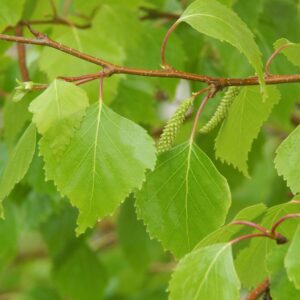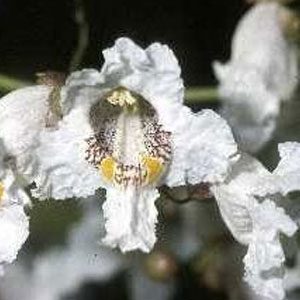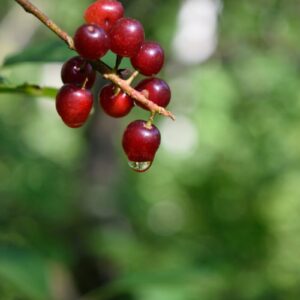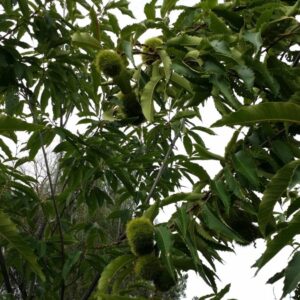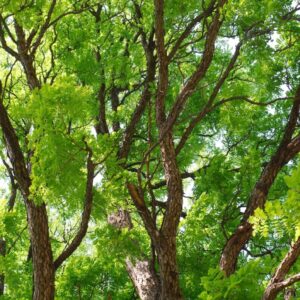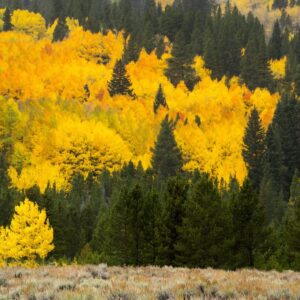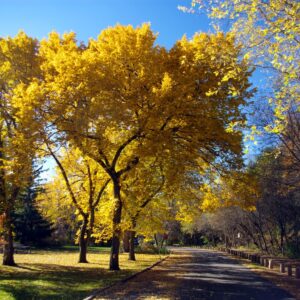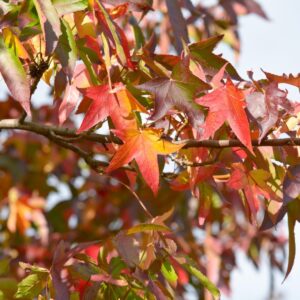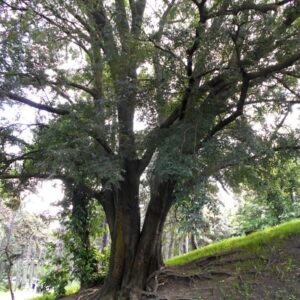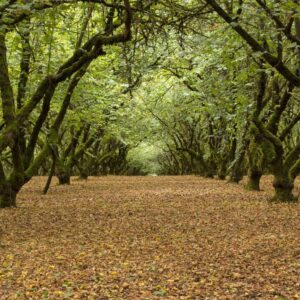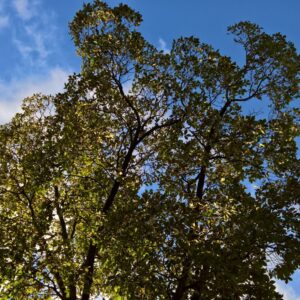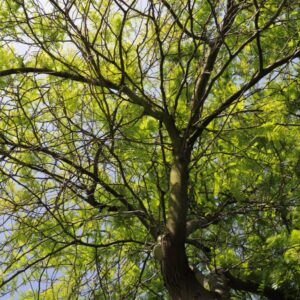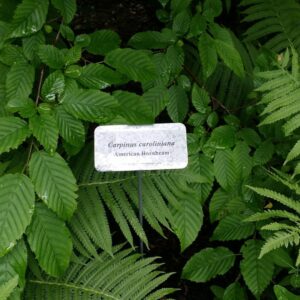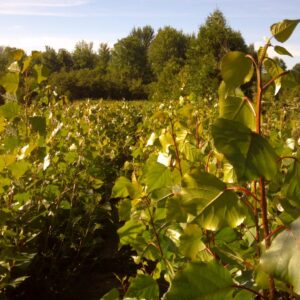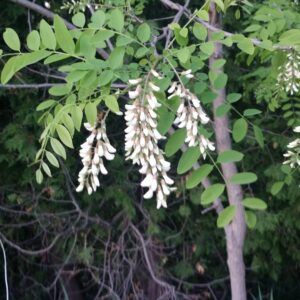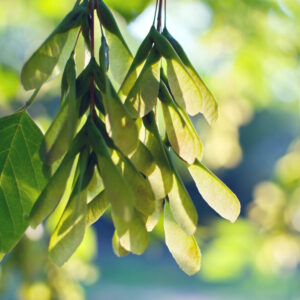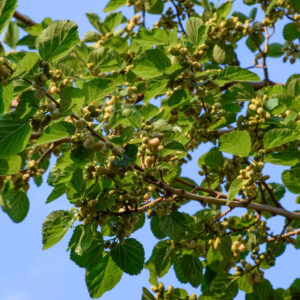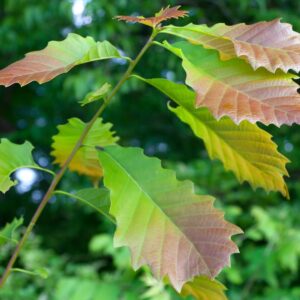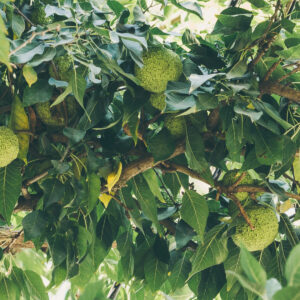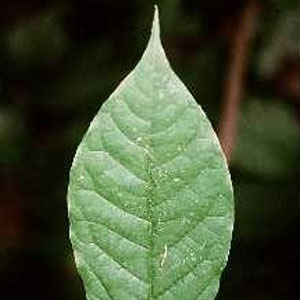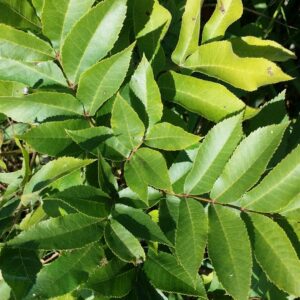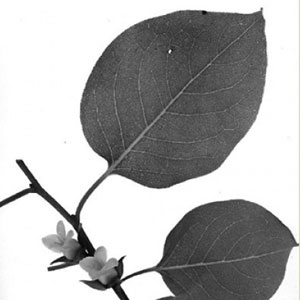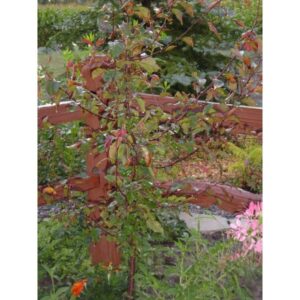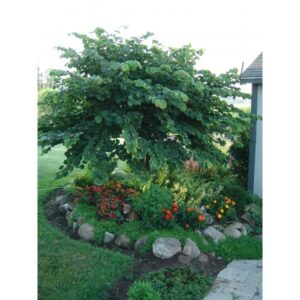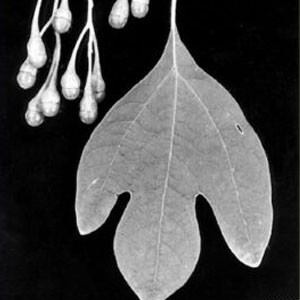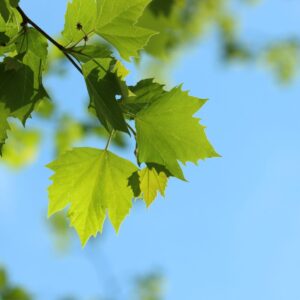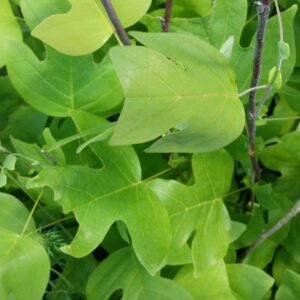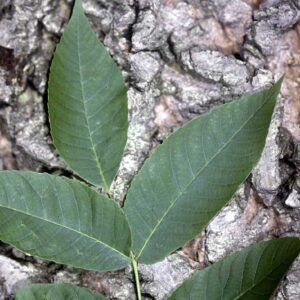Deciduous Trees
Trees are a fundamental feature of any landscape, especially here in North America. Many homeowners who decide to plant new trees on their property mistakenly believe that once they’re in the soil, they don’t require any further care. But if you want your trees to grow and thrive for decades to come, it’s important to learn about the type of trees you’re planting and how to nurture them as they mature.
Trees are sorted into two major categories: coniferous and deciduous. A coniferous tree reproduces via cone and has needles, instead of leaves, that last year-round. These are often called evergreen trees. Deciduous trees, on the other hand, shed their leaves annually. They go through a cycle of growth and bloom, followed by a period of dormancy. As the leaves on deciduous trees prepare to go dormant, they lose their chlorophyll and change color. Deciduous trees are a popular choice for property owners who want to enhance their landscape, because they add a variety of beautiful hues (orange, purple, red, etc.), flowers, and sometimes even fruits, while requiring less maintenance than other types of plant life.
Shrubs can also be deciduous, but are distinguished from trees by their size and stems. While both deciduous trees and deciduous shrubs are woody, shrubs are typically less than 6 feet tall and have multiple stems at their base. Trees are much taller at full maturity—usually at least 13 feet or more—and have a single, several-inch-thick trunk with few lower branches.
Information
Early Stages of Growth for Deciduous Trees
A newly-planted deciduous tree will take approximately 3-4 months to establish its roots in the soil. After that, the time until it reaches maturity will vary based on the species of tree. Some fast-growing deciduous trees, such as a weeping willow or hybrid poplar, can grow as much as 10 feet in their first year, while others can take a decade or more to reach the same height.
Like other deciduous plant life, the best time to plant a new deciduous tree is in the fall or winter. This allows the tree to adapt to its new soil and environment before the hot and dry season.
How to Care for Your New Deciduous Trees
The first step in assuring your new deciduous trees grow to be strong and healthy is to plant them correctly. Start by researching the best growing conditions for your tree species—some require a lot of sunlight, for example, while others might do better out of the sun’s direct path.
After you’ve determined the best spot on your landscape to plant, dig a hole that is the same depth at which your tree was growing in its pot or at the nursery and a little wider. If you plant your tree too deep or in a hole that’s too small, this may lead to root girdling, where the tree’s roots wrap around its trunk and prevent water and nutrients from reaching the root system and upper tree. You should also check for wrapping roots before planting. If found, pull the roots apart with your hands and spread in an outward direction (not a circle) or use a knife to cut them so they will begin to grow outward. Before you cover the hole, soak your tree’s root system with water and let it drain.
Early deciduous tree care primarily consists of watering 1-2 times weekly for the first few months, while the roots are becoming established. If the weather is particularly hot, you may want to water more frequently. When you do water your tree, be sure to soak it at the roots. To help retain soil moisture and protect the growing root system, apply a 3-4-inch layer of organic mulch on top of the surrounding soil. Do not use fertilizer for the first weeks to months, so as not to impede root development.
Ongoing Care for Deciduous Trees
Once your new deciduous trees have established their root systems in the soil, they are fairly low-maintenance. This does not, however, mean that they don’t require any attention at all. If you want your trees to reach their maximum health, size, and lifespan, you will still need to ensure they are routinely watered, pruned, and mulched.
After the initial growth period of about a half to a full year, an established deciduous tree only needs one good watering approximately every two weeks (although you may need to water more often during dry periods). You can also determine the best time to water by checking the soil moisture with your finger—the harder it is to penetrate, the drier it is. Make sure you are watering the roots of the tree and not the trunk, as overwatering the trunk can lead to rot. Replace the mulch each spring and sprinkle in fertilizer once every few months during the growing season, to promote robust flowering.
The best time to prune your deciduous trees is early spring, before new growth begins, or in the dormant season, when growth has ended. Pruning is an essential aspect of tree care. Removing dead and diseased branches helps maintain the overall health, size, and shape of the tree, stimulates growth and flowering, and makes trees on your property safer by reducing the risk of falling branches.
Benefits of Planting Deciduous Trees on Your Property
Deciduous trees are a low-maintenance option for home and business owners looking to improve the look of their landscape and increase curb appeal. They add brilliant colors, gorgeous flowers, new shape and texture, and sometimes even edible fruit to your landscape. If you care for a deciduous tree properly, it will likely outlive you, essentially making it a permanent enrichment to your yard. Plus, the more curb appeal you have, the higher the value of your property.
In addition to the aesthetic advantages they offer, deciduous trees can enhance your landscape in other pragmatic ways. Their broad leaves create the perfect canopy to shade your home, outdoor living areas, and other heat-sensitive plants on your property from the harsh rays of the sun. But because they lose their leaves with the onset of winter, you won’t have to forsake that extra warmth from the sun during the cold season. Tall deciduous trees and their canopies also offer more privacy by blocking the view of your home and acting as a sound buffer for external noise pollution.
Another good reason to plant deciduous trees on your property is the benefits they have on the environment. Perhaps most obviously, the more trees there are in an area, the better the air quality will be with the increased amount of oxygen. Deciduous trees also help mitigate human impact on the environment by providing habitats to local wildlife. Many small mammals, insects/pollinators, and birds make their homes and find the food they need to survive in trees.
Types of Deciduous Trees Available Wholesale from Cold Stream Farm
The selection of deciduous trees we have for sale at Cold Stream Farm is wide-ranging to fit the aesthetic and functional needs of many different landscapes and climates. Our bareroot trees are available wholesale and can be shipped anywhere in the continental U.S., making them ideal for nurseries and other businesses who sell plant life. They are also available for individual retail purchase at wholesale prices.

